1. The hidden worlds hiding inside Curtis Talwst Santiago’s jewelry boxes

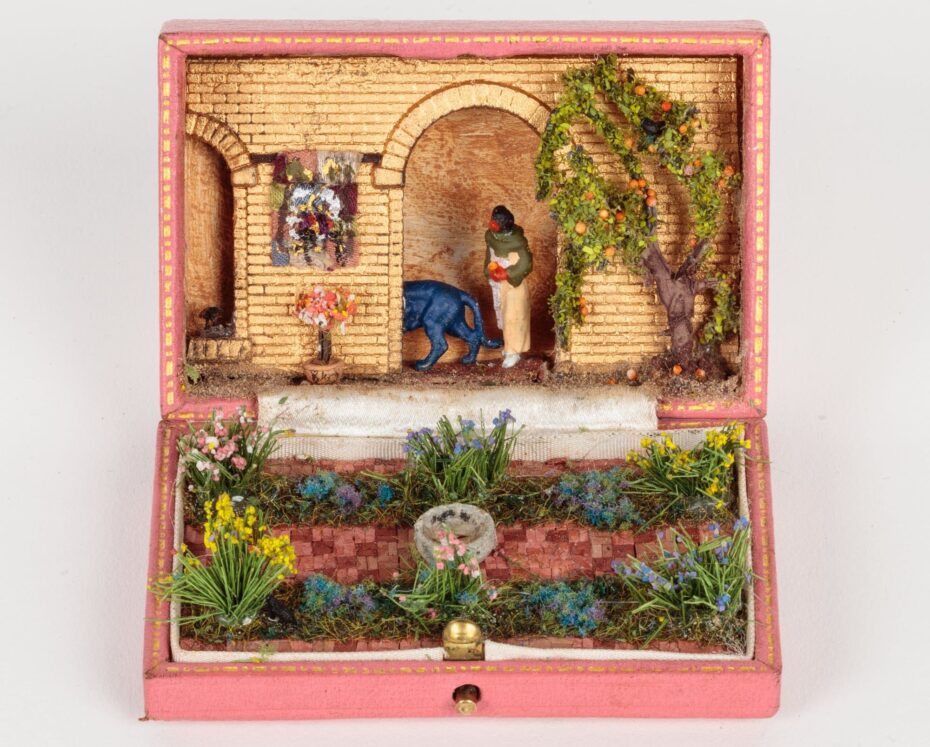
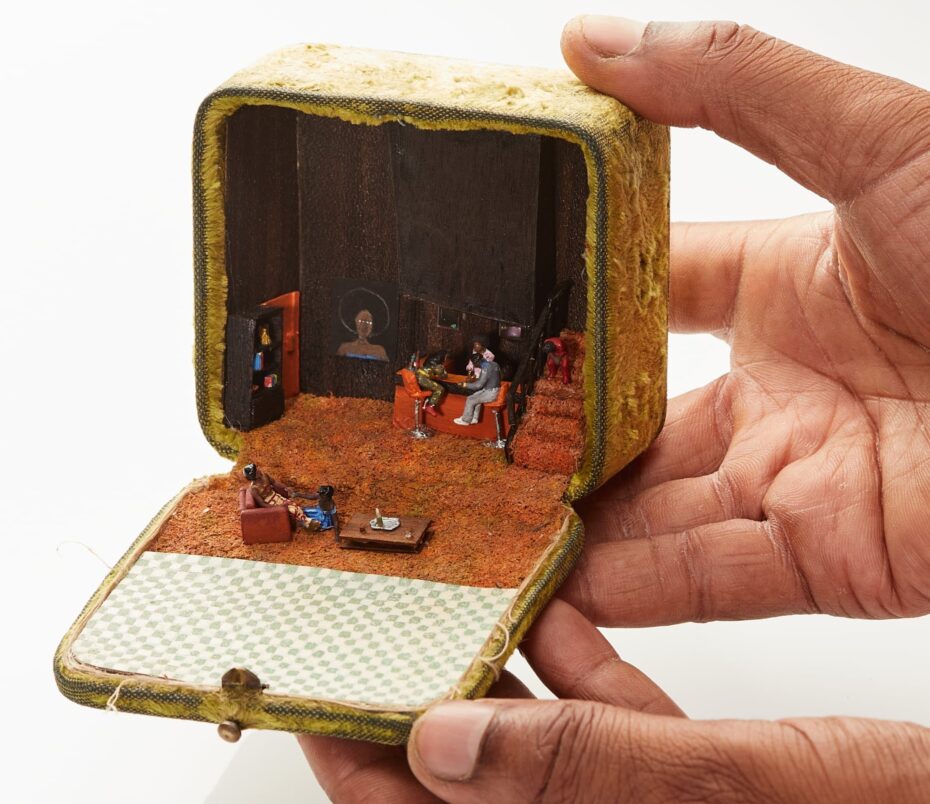

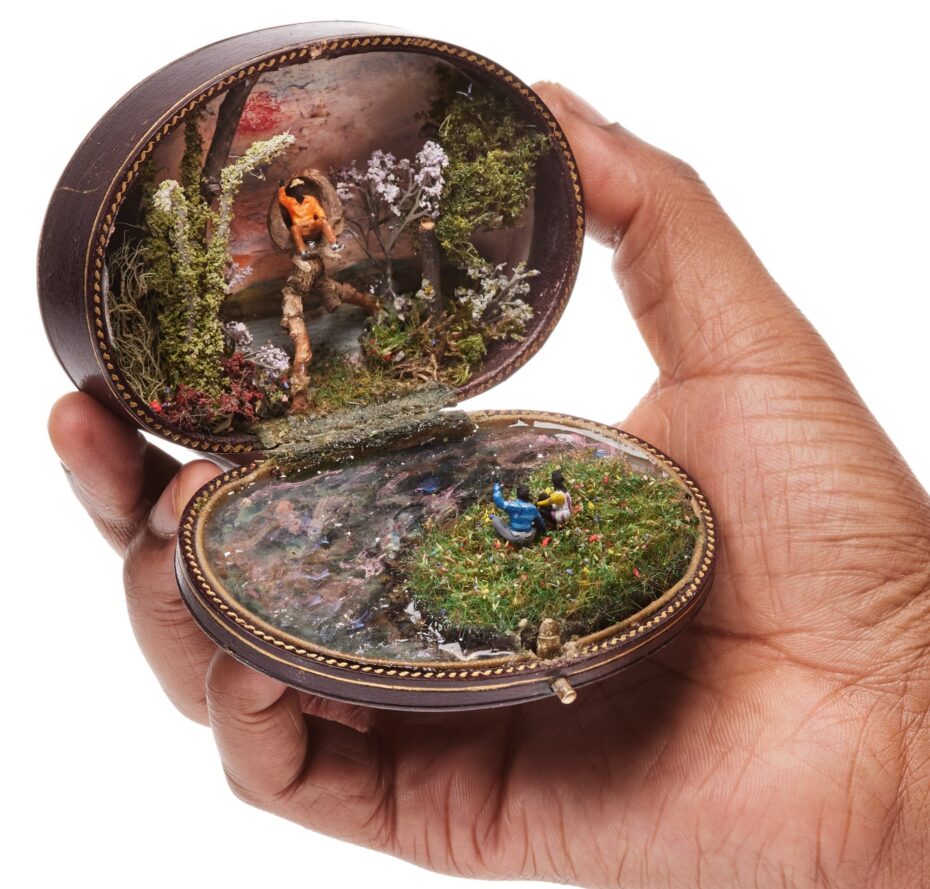
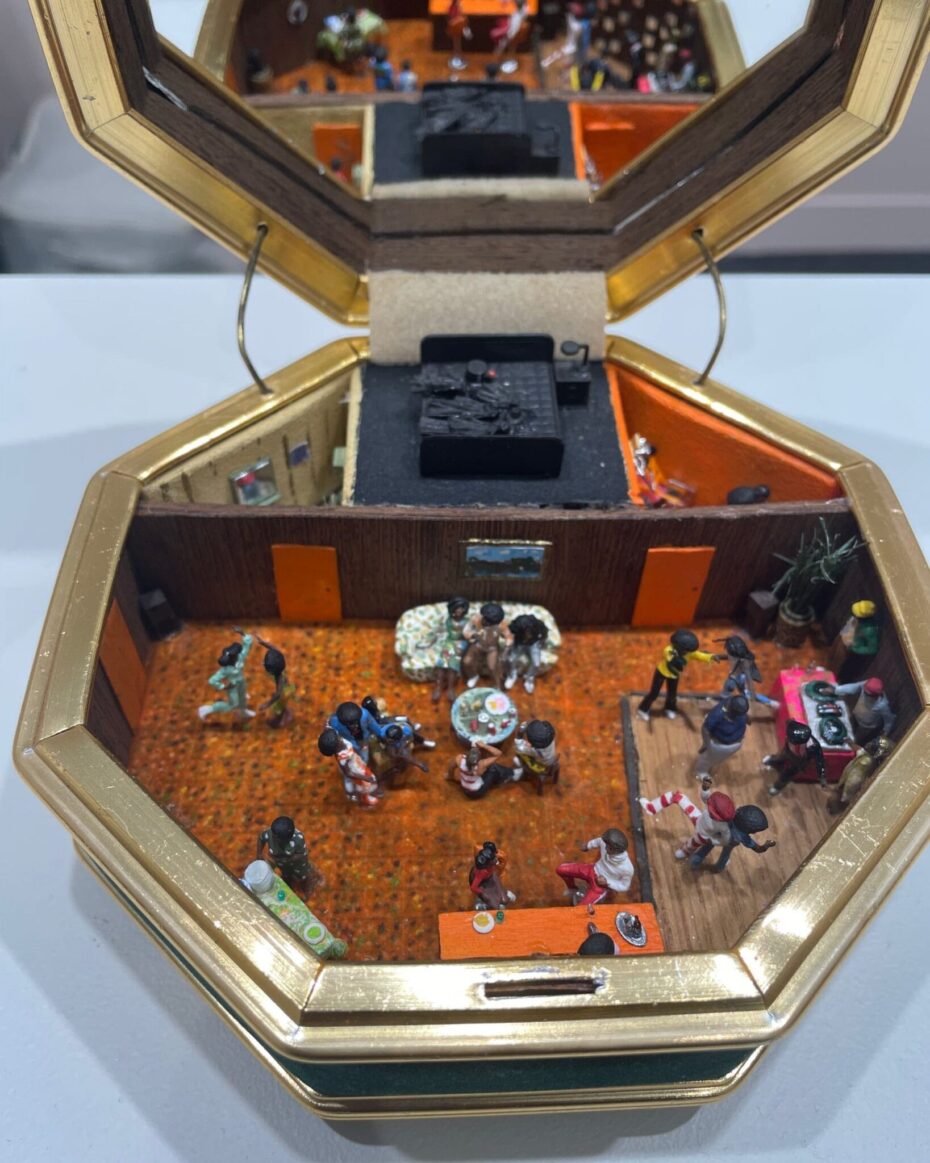

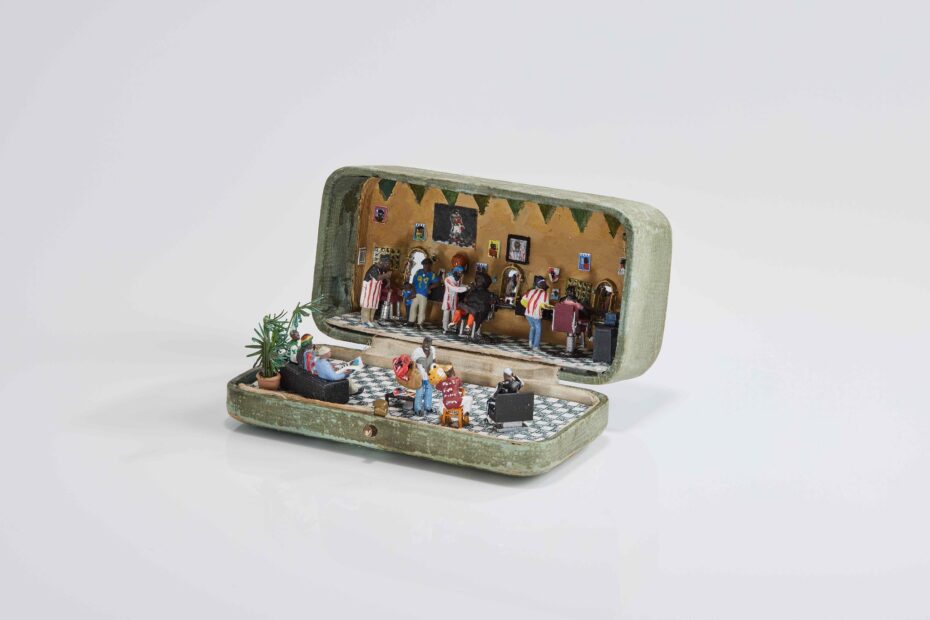
Canadian-Trinidadian artist Curtis Talwst Santiago uses reclaimed jewelry boxes as tiny stages for his elaborate miniature dioramas, which are part of his continuing “Infinity Series”.
These meticulously built scenes—complete with lush plants, architectural details, and minuscule figures—are dense with narratives of home, intimacy, diasporic identity, and memory.
In recent years, Santiago has focused on his personal history, as seen in his “Soca in the Suburbs” collection. These mixed-media works include detailed replicas of his parents’ 1970s-style basement, featuring elements like thick shag carpeting.
2. The British Museum’s Enviable Collection of Mourning Rings



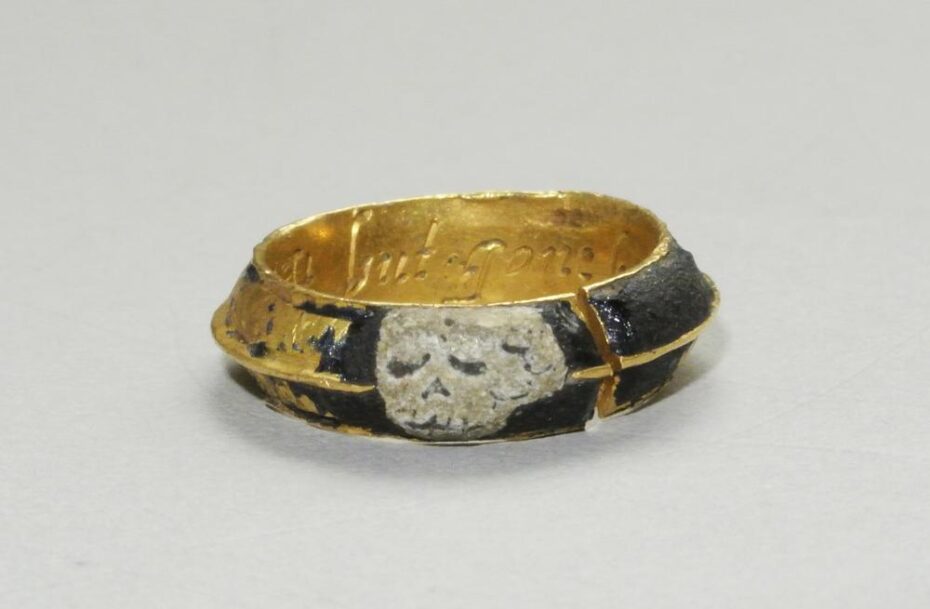
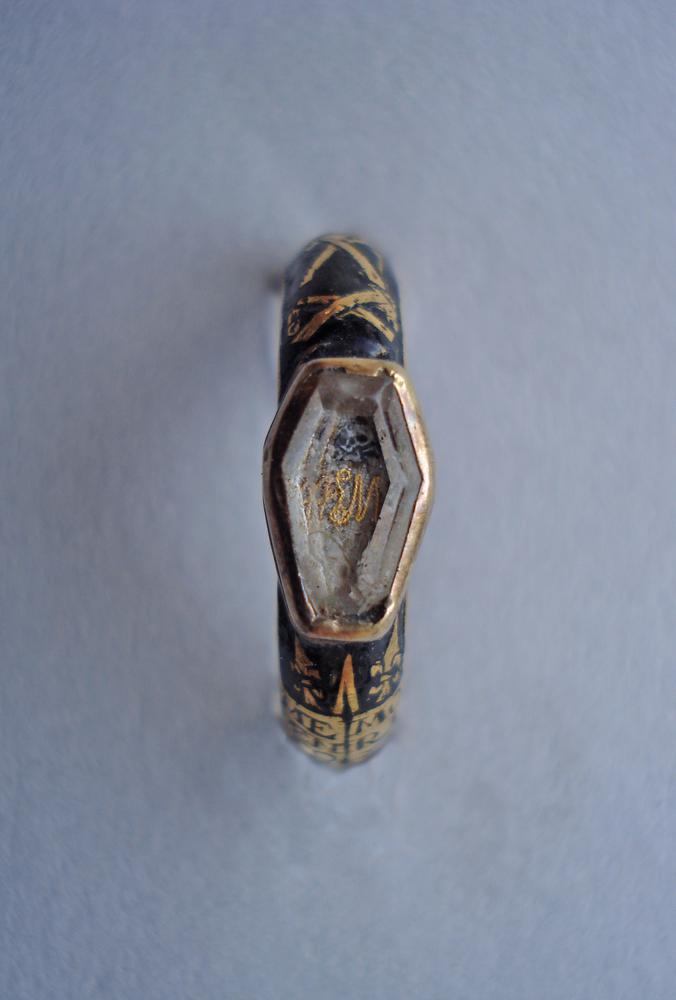

Browse the collection here.
3. In conversation with Tilda Swinton
4. Rare Photographs of Brigitte Bardot at the absolute beginning of her career




At the time, Bardot was either 15 or 16 (with her birthday September 28, 1934). She was the daughter of a wealthy family and had begun what might have been a career in ballet after enrolling at the Conservatoire de Paris. At this point, she caught the attention of Helene Lazareff, director of the fashion magazine ELLE, where Bardot began to appear as a model for kids’ fashions. Director Marc Allegret noticed her in ELLE and asked to meet her, after which he shot these photos. Allegret’s assistant at the time was none other than Roger Vadim, who eventually became her director and, for a while, her husband. Allegret then invited her to audition for his upcoming film LES LAURIES SONT COUPES. She did not get the role, but film work was to follow soon, including other films directed by Allegret.
5. The enormous flag from the French ship Le Généreux, captured by Admiral Nelson in 1800, is one of the oldest surviving examples of the Tricolour.

Found on Reddit.
6. Waterproof clothing, made for thousands of years by Indigenous communities
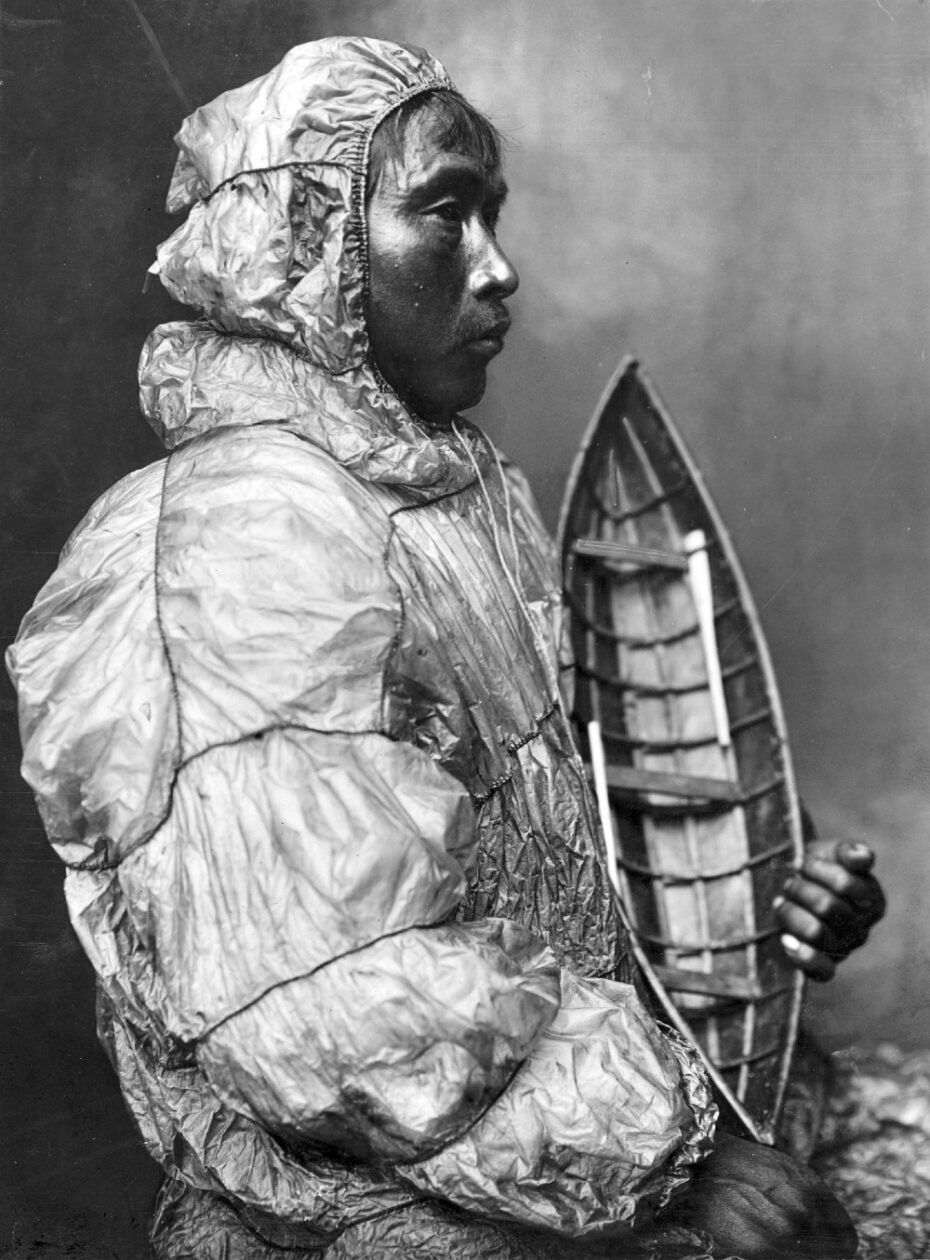
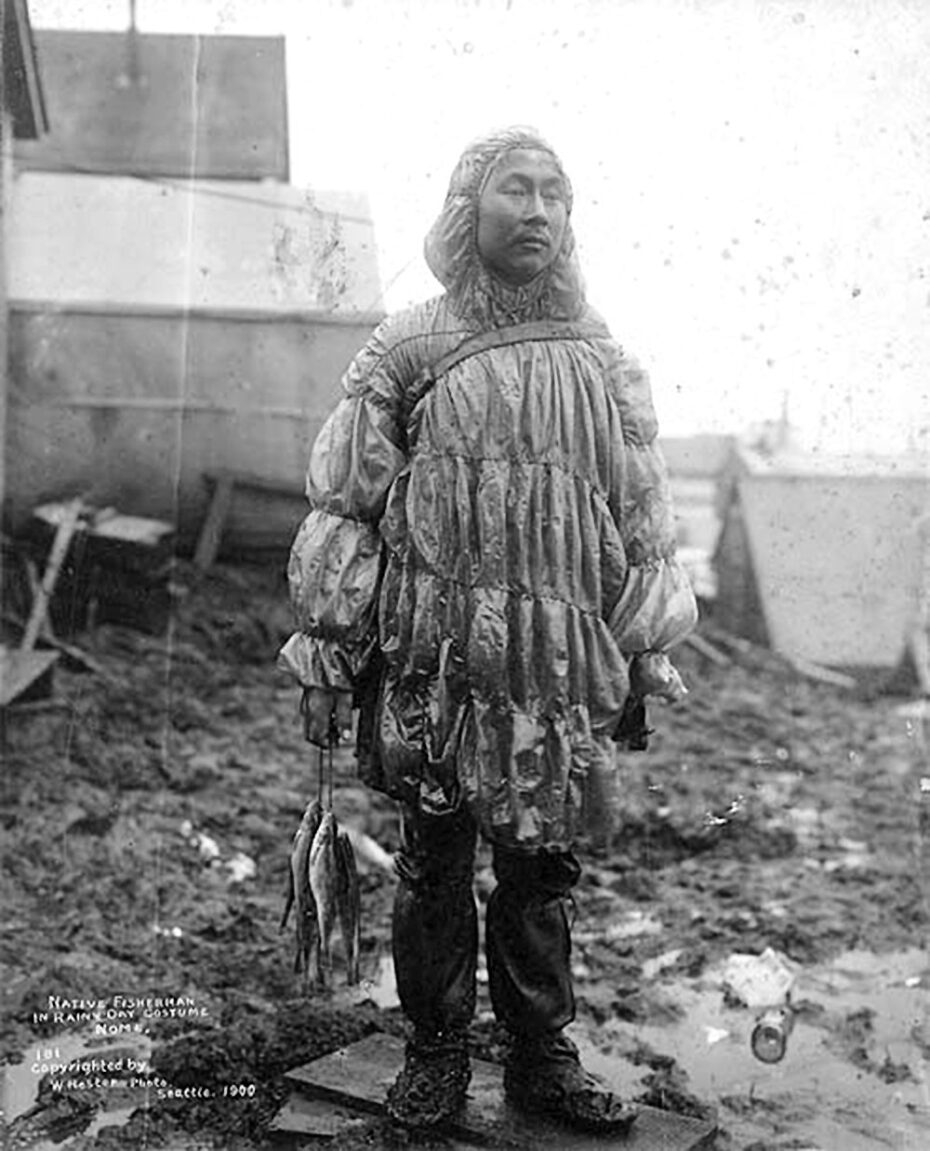
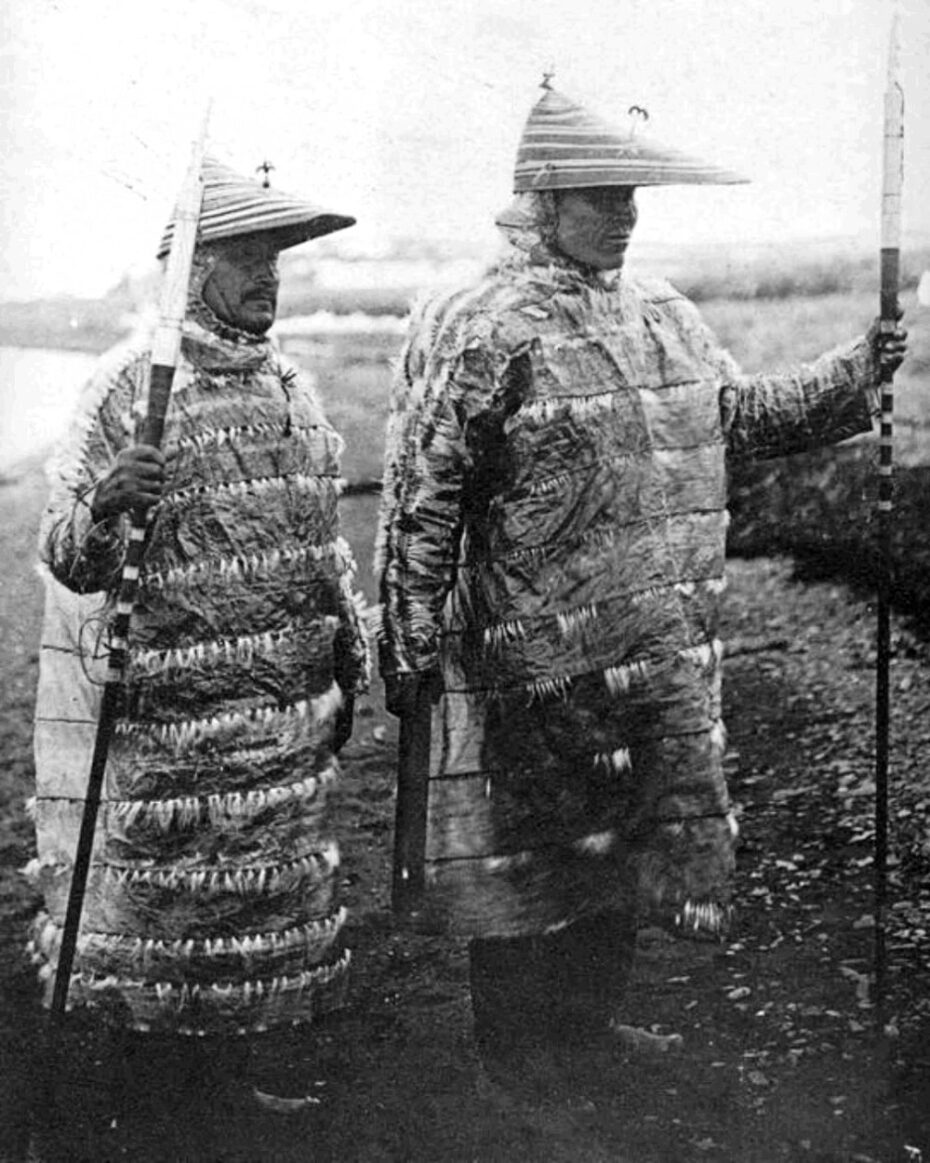

Thousands of years before Gore-Tex was invented in the 1970s, Indigenous communities in Greenland, Alaska, Siberia and Canada made waterproof and breathable clothing using the intestines of seals, whales, walruses, and even bears (among others).
The intestines were perfect for this due to their natural properties. One side of the intestine could block rain while the other side let sweat escape, thanks to tiny holes just big enough for sweat to pass through but too small for water drops. The result? Hunters stayed dry and comfortable even in harsh Arctic conditions.
To make the fabric, the intestines were cleaned, washed, inflated like balloons, and left to dry. Once dry, they were cut into strips and stitched together with a special waterproof seam technique. Making this clothing took incredible skill, and seamstresses were deeply respected for their work.

These garments were incredibly lightweight; some weighed as little as 85 grams. They were essential for survival, especially for hunters traveling in kayaks or other boats. The Inupiat, who have lived in the Arctic 4,000 years years ago, are one of earliest the cultures known for crafting clothing from mammal intestines.
This clothing was still being made in the early 1900s. But as the 20th century went on and synthetic fabrics became easier to get, production declined.
Found on Vintage Everyday. Read more about the science clothing itself on Musee McCord Stewart.
7. The work of this late Mexican artist
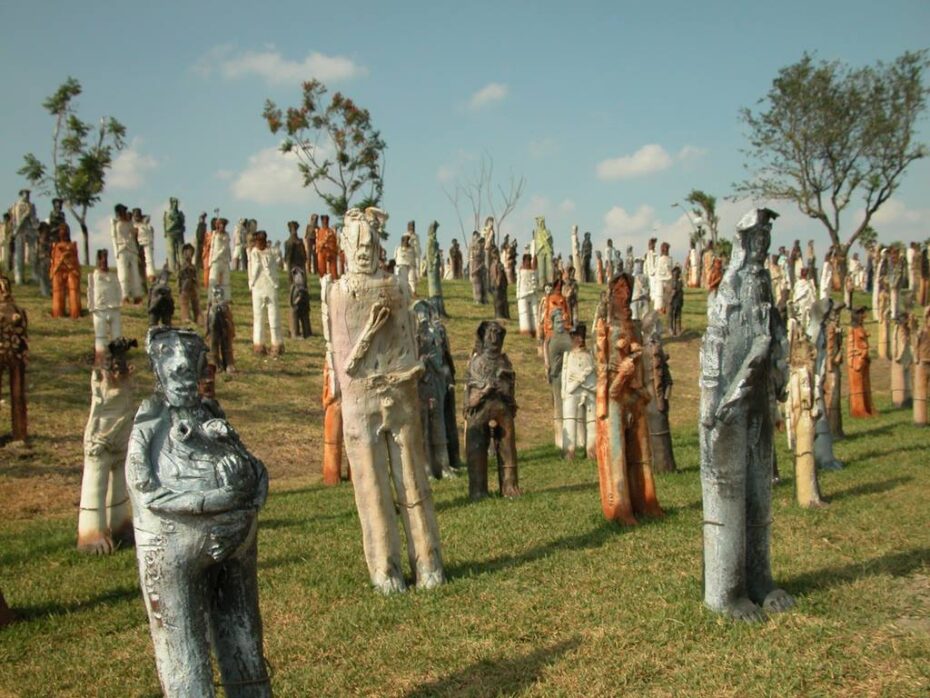
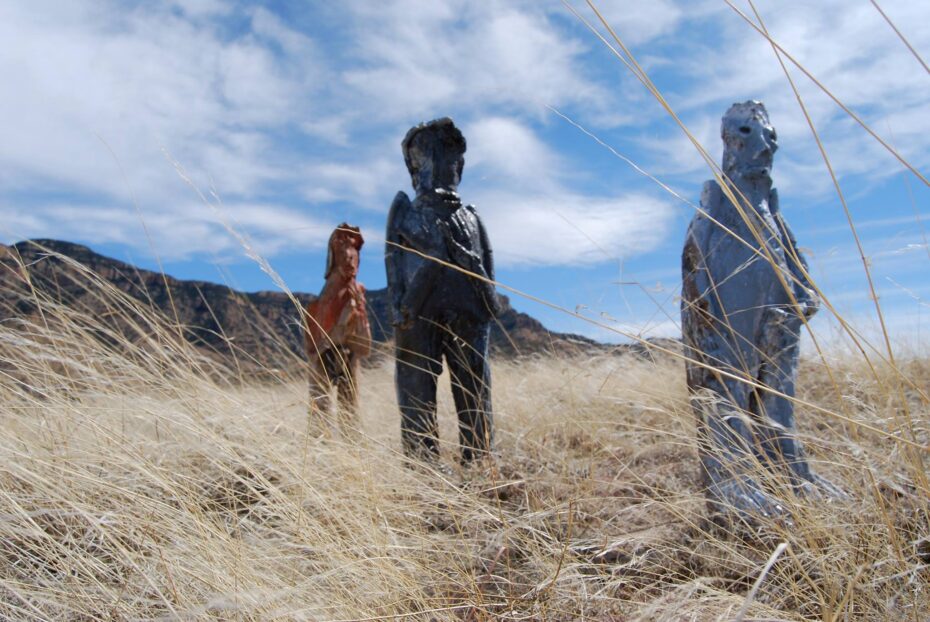

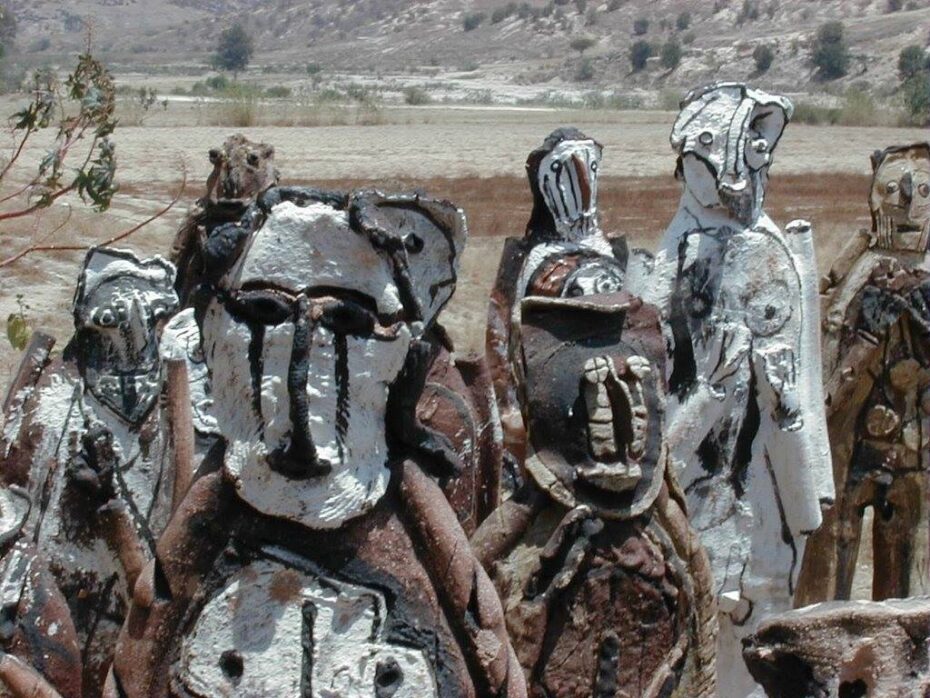

Mexican artist Alejandro Santiago who unfortunately died at the age of 49 in 2013. The clay sculptures he created are the works that struck me the most. His 2501 Migrants statues are stories of loneliness, of loss. He started creating them upon returning to his native village in rural Mexico where almost everybody had gone, emigrated to the US. To better relate to their experience he tried to cross the border illegally but was caught many times. These human-looking statues are inspired by pre-Columbian art and modern art, crudely made, naked. No two figures are alike. They represent a universal struggle, between survival and longing.
More of his work found on ArtNet.
8. Hand painted Disney Architecture
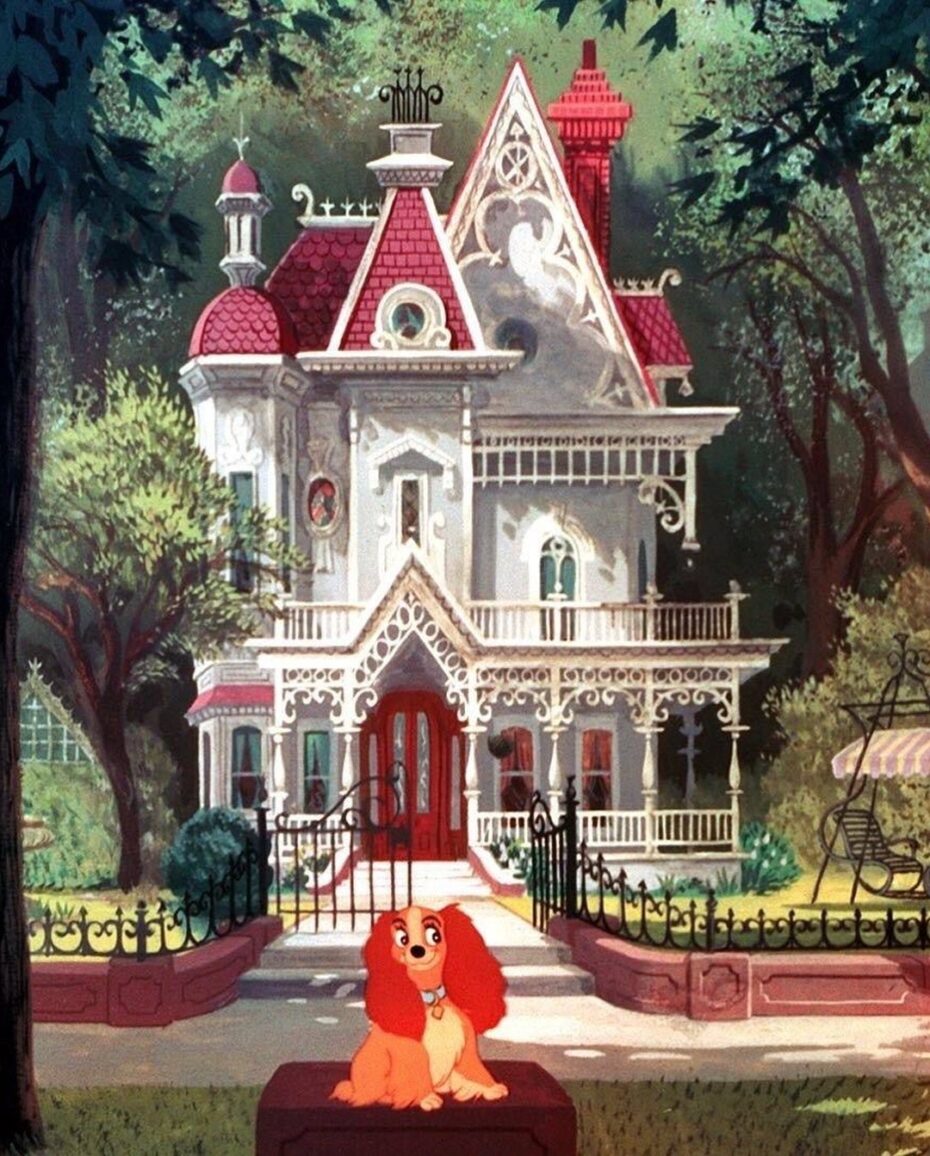
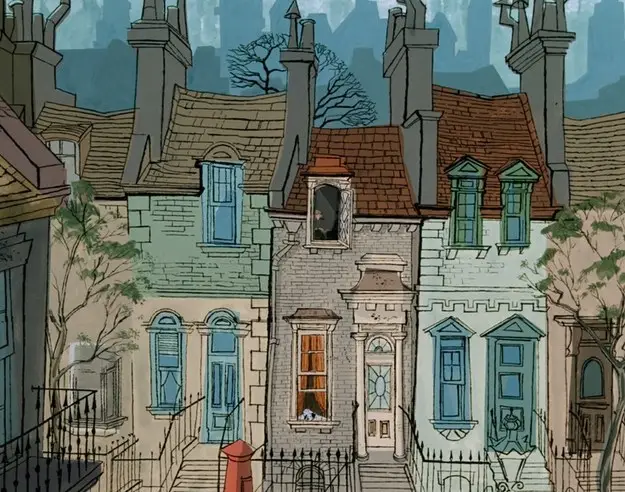
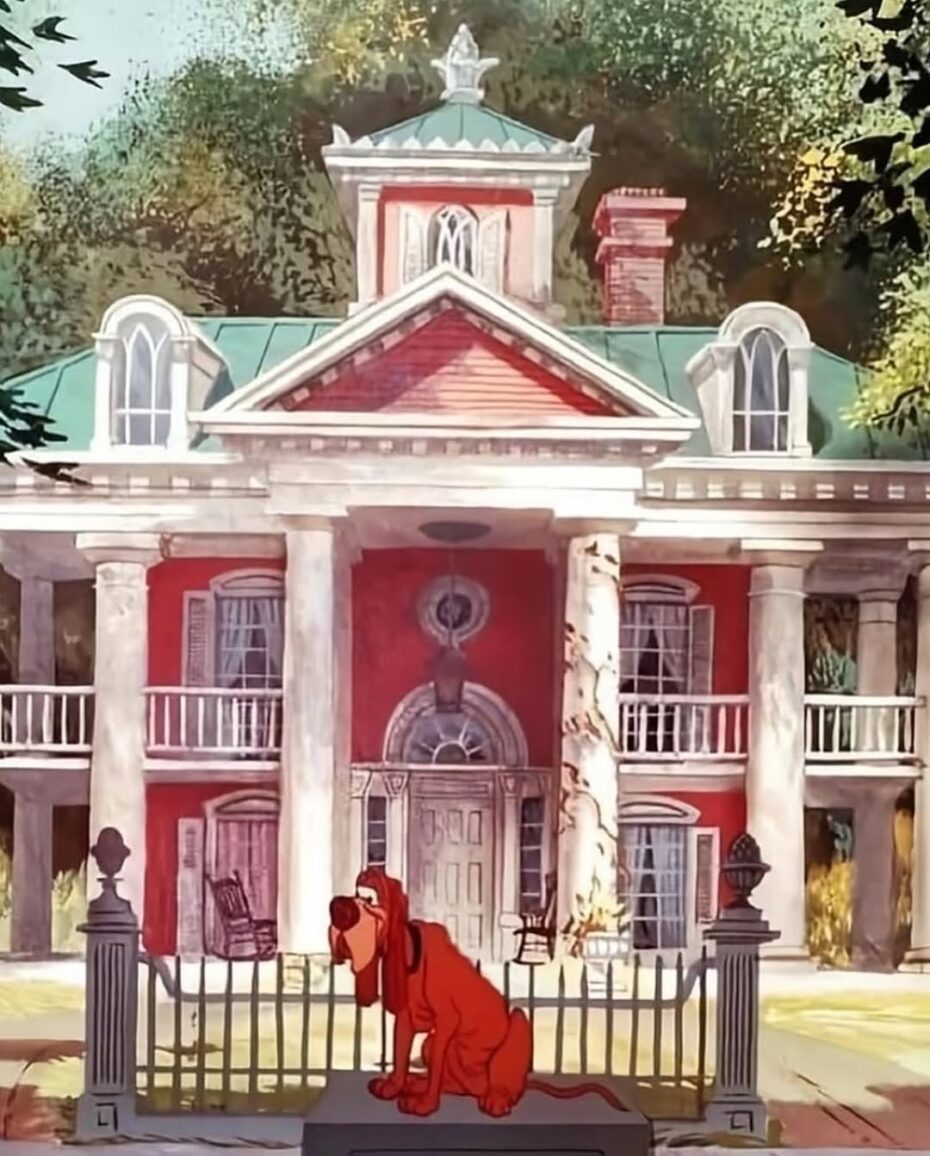
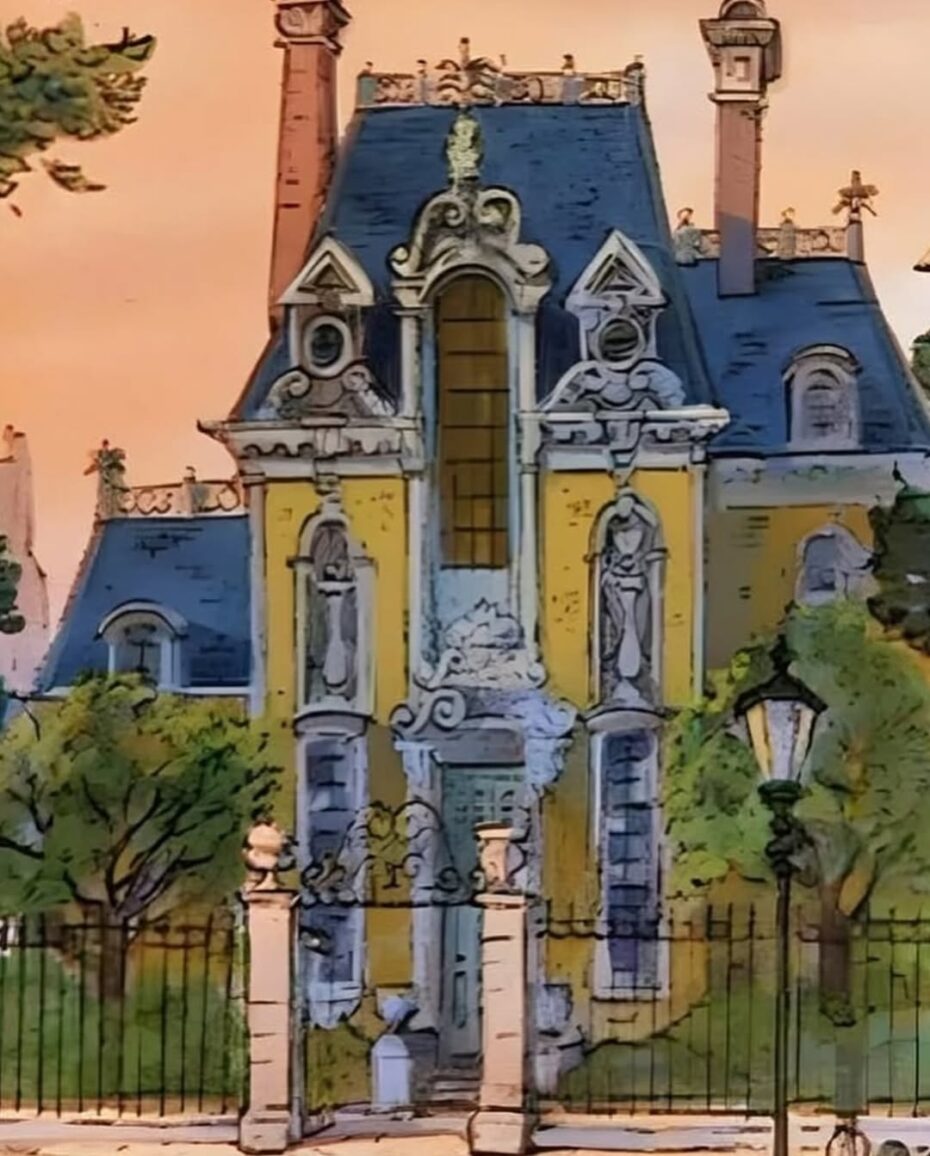


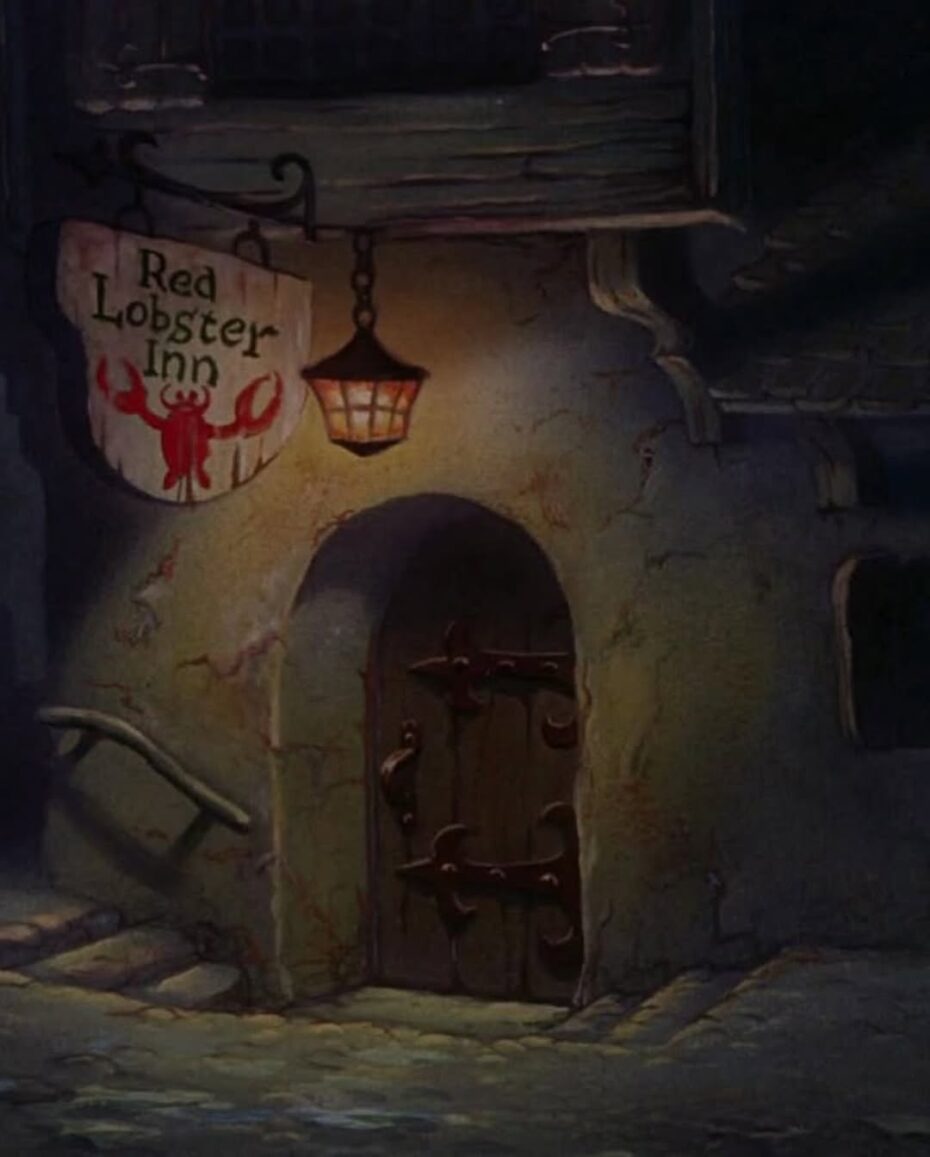
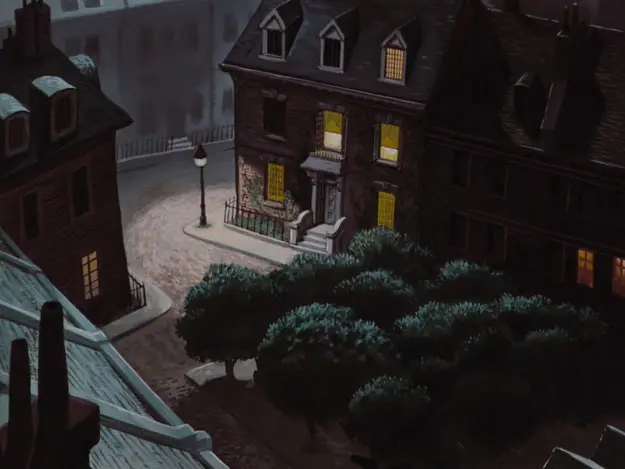
Found here.
9. The Horsey Horseless, an automobile invented in 1899 to avoid frightening other horses
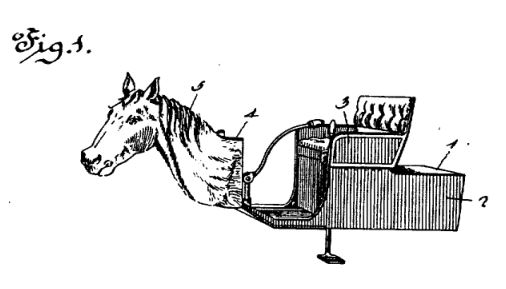
It contained a wooden horse head and neck attached to the front to make Horsey Horseless resemble a horse and carriage and therefore avoid frightening horses on the road. The horse head was hollow, also serving as the fuel tank. It is unknown whether or not Horsey Horseless was ever built. It was included in Time Magazine’s 2007 list of “The 50 Worst Cars of All Time”.
Found on The Depths of Wikipedia.
10. “I basically checked into my hotel then disappeared underground for the rest of the visit”: Maastricht Subterranea

“The geometric logic of the forts was—among other things—to lure enemy attackers in over cliff-like artificial drops and ridges, thinking they were on their way to the heart of the city. However, this simply trapped them between huge brick walls, directly in front of disguised gun emplacements, many of which were deliberately aimed at stomach-height to maximize suffering.”


“If you go through the door seen in the above photographs, meanwhile, you end up inside a bewildering system of multi-level tunnels weaving around for kilometers beneath the outer edge of the city.”


“Because the city has expanded and grown over the centuries, whole neighborhoods now sit atop these structures; if you live in Maastricht, you might very well have disused military fortification tunnels running under your basement.”
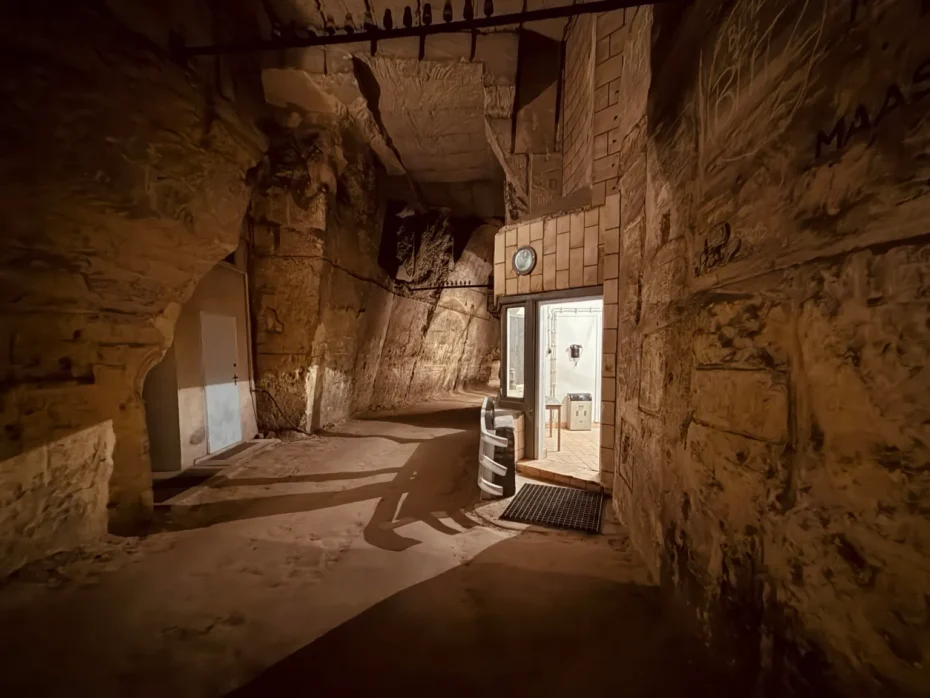
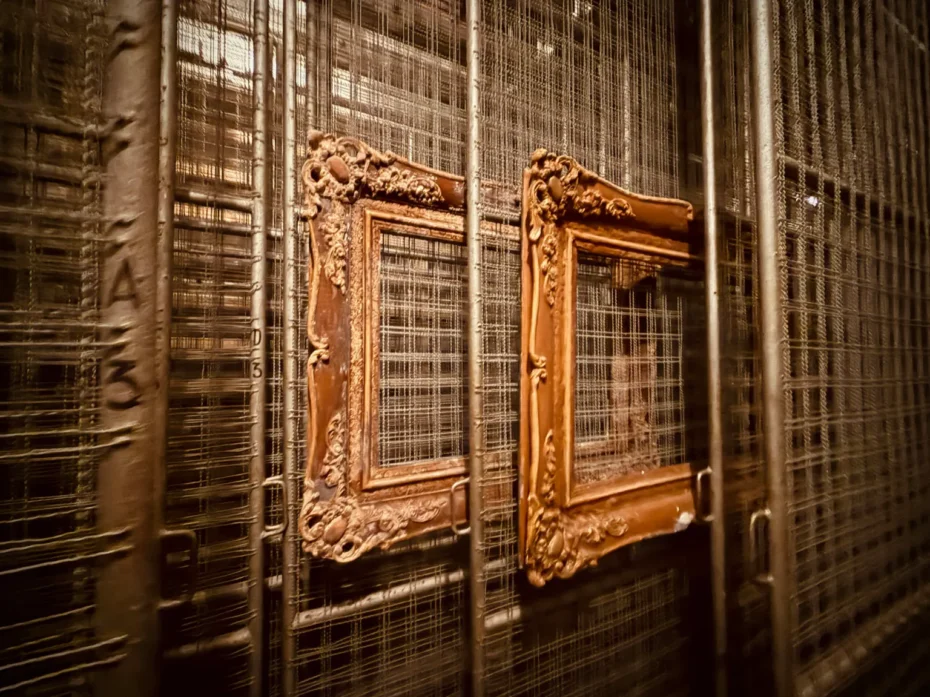
“At the end, you go into a place called “the Vault” to see where Rembrandts and other paintings were hung while war waged above.”
A fascinating walk through Star Forts, Mines, and Other Maastricht Subterranea found on Building Blog.
11. This is what it looks like inside one of those Private Paris mansions:
12. This online archive devoted to 60s-70s typography and psychedelic commercial art
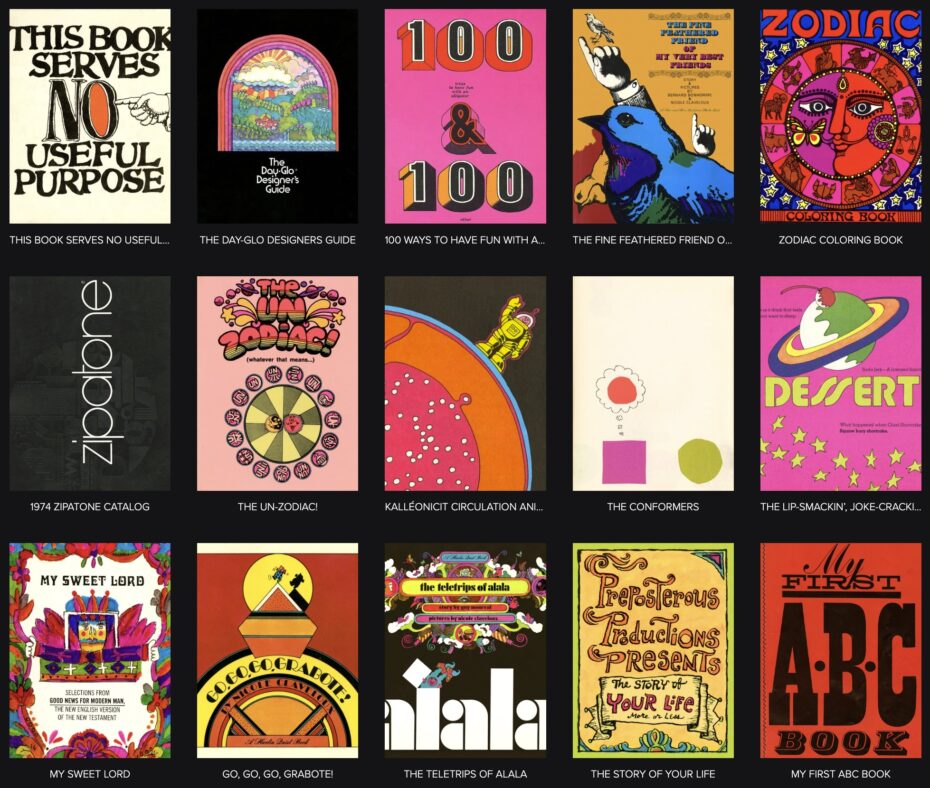
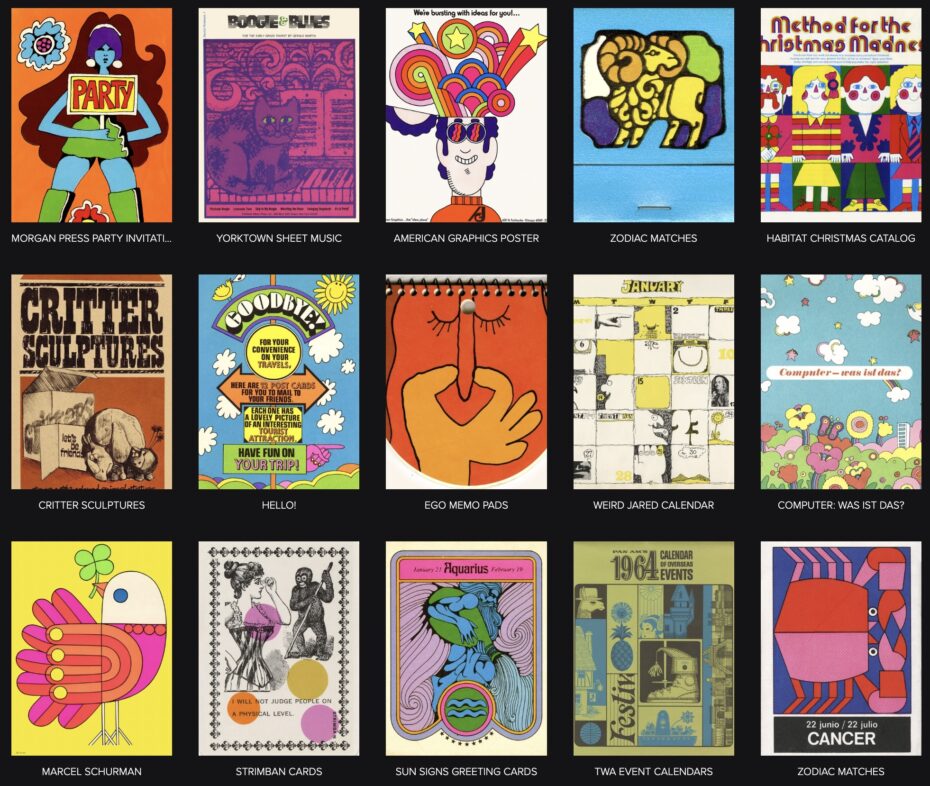
A delightful browse, found on The Peculiar Manicule.